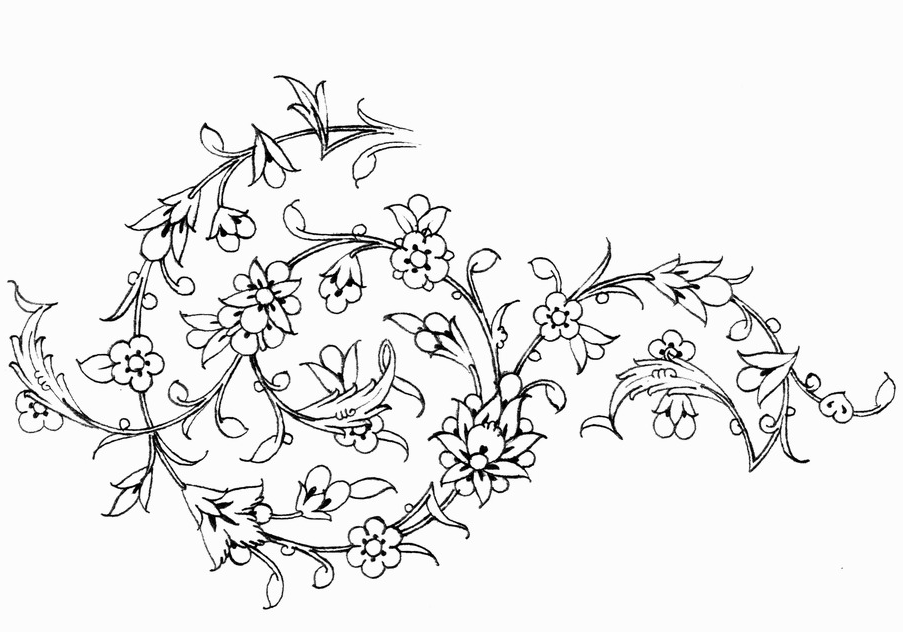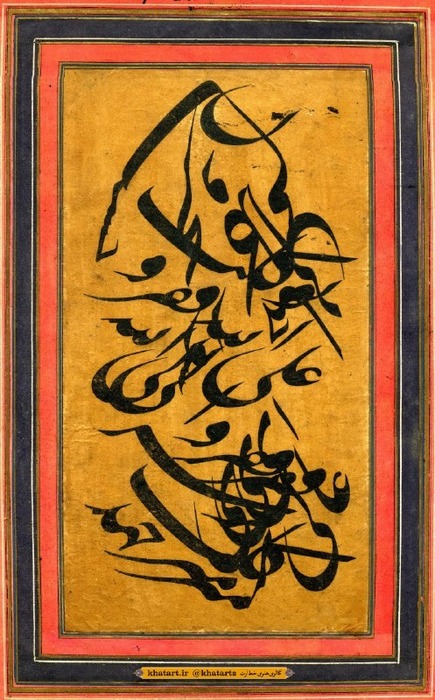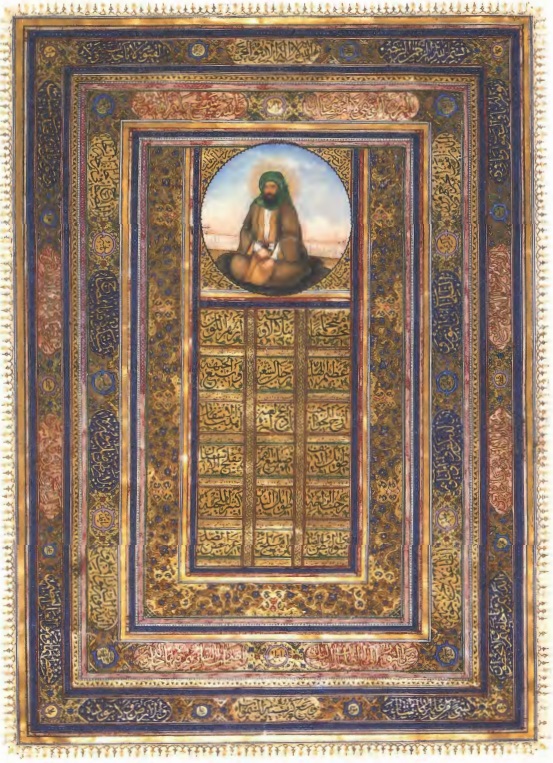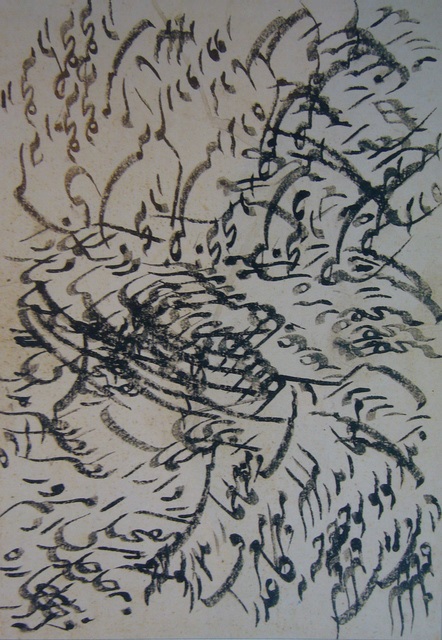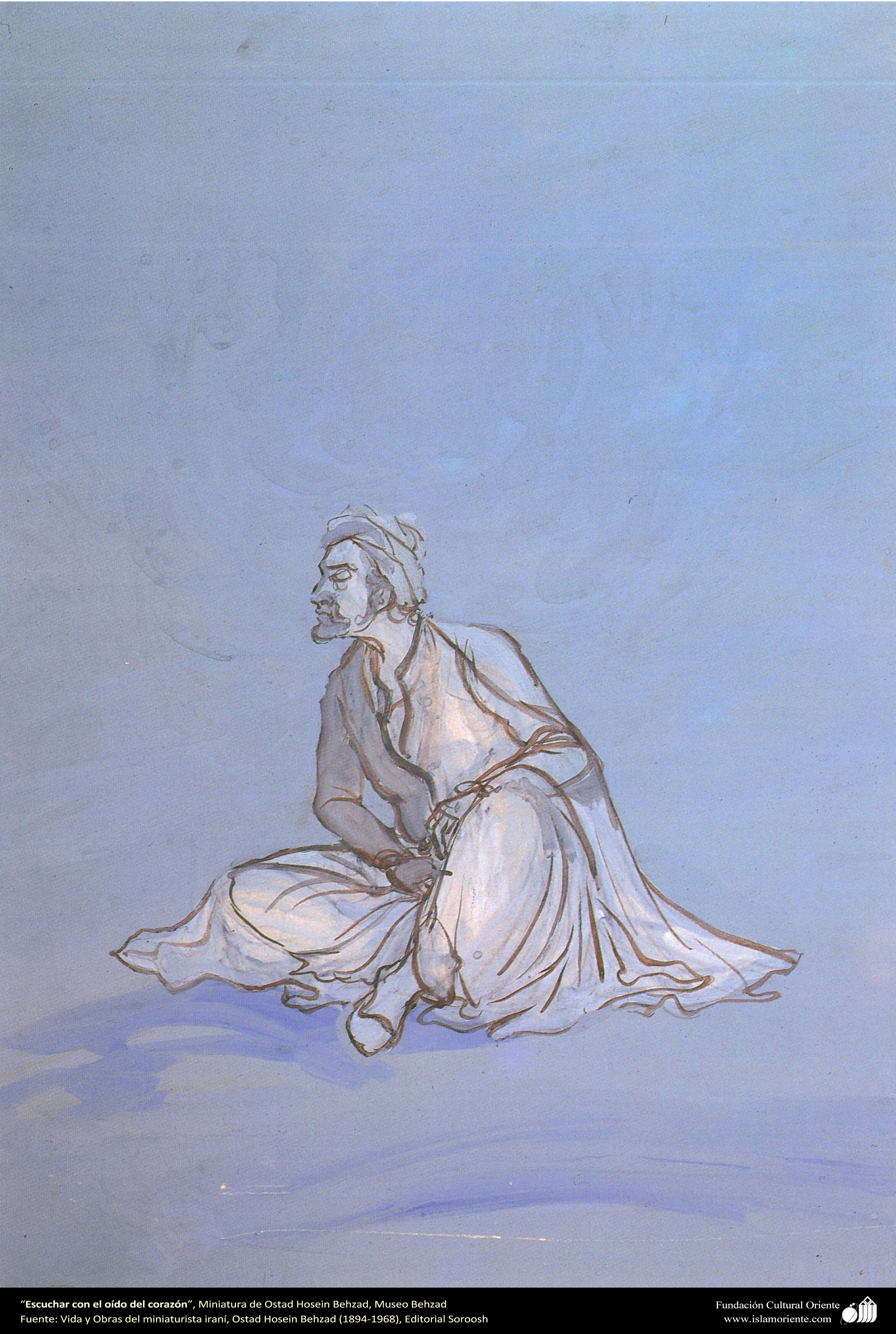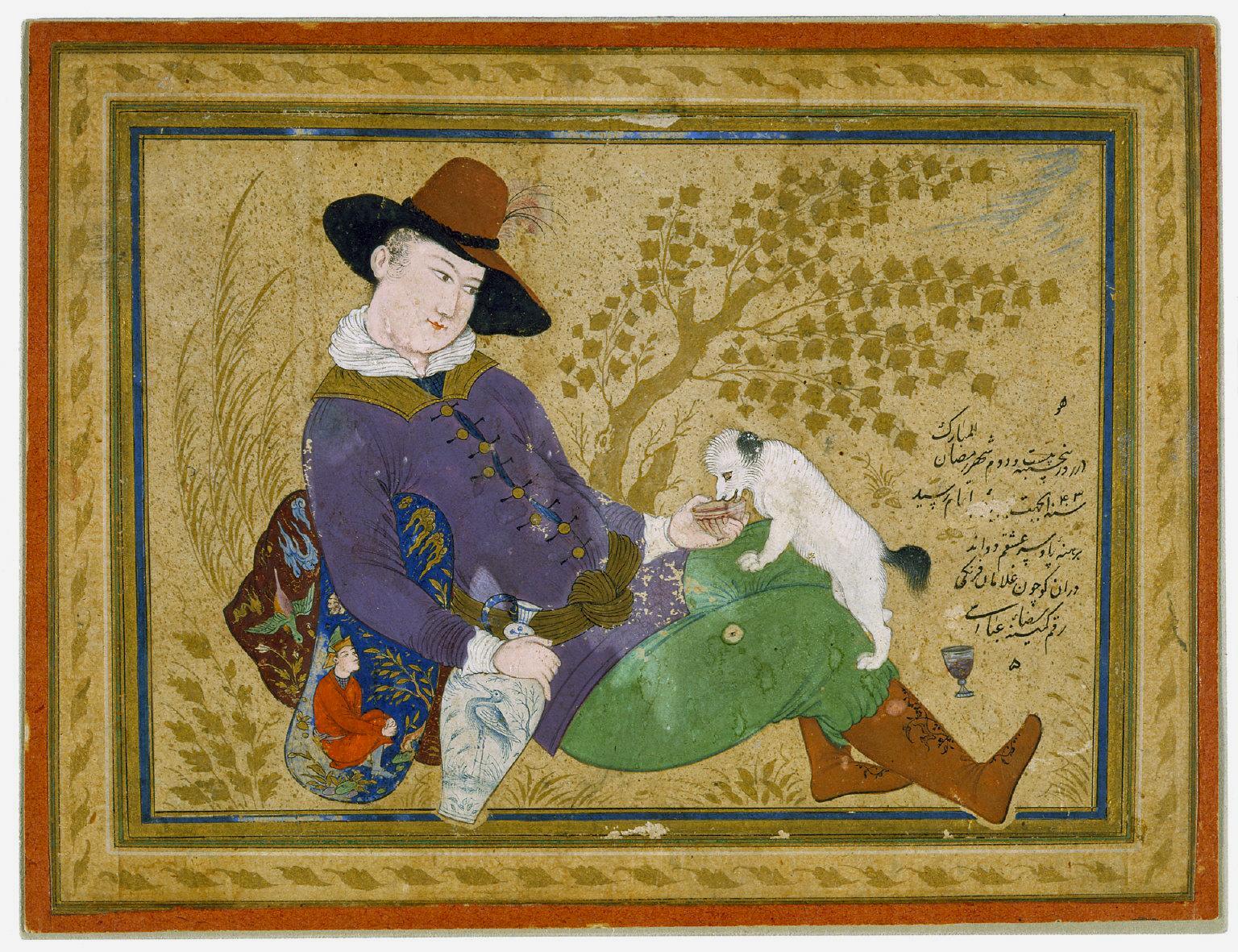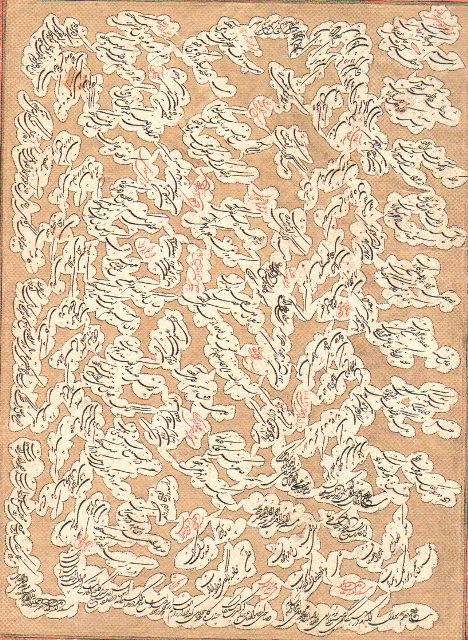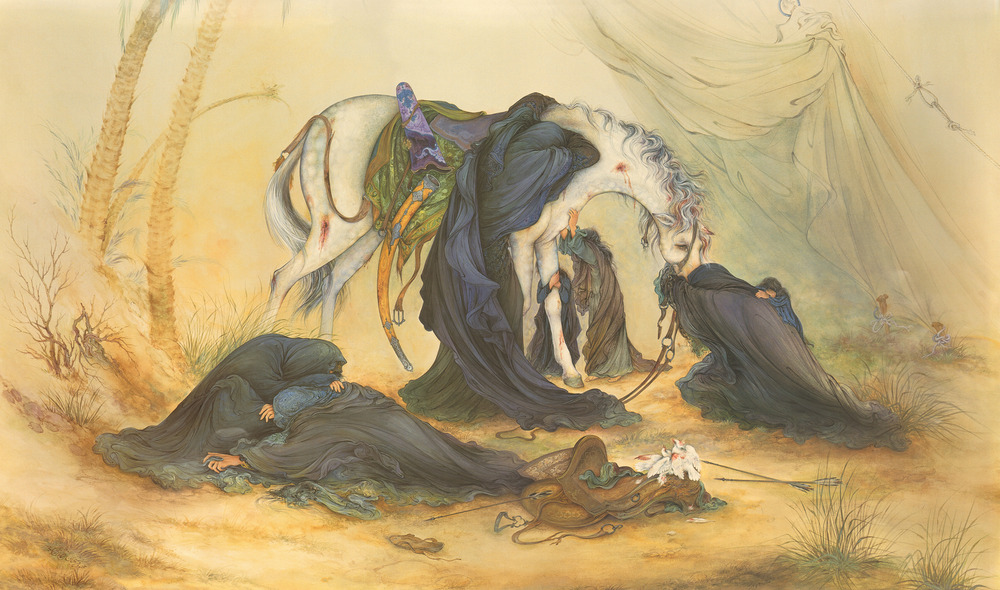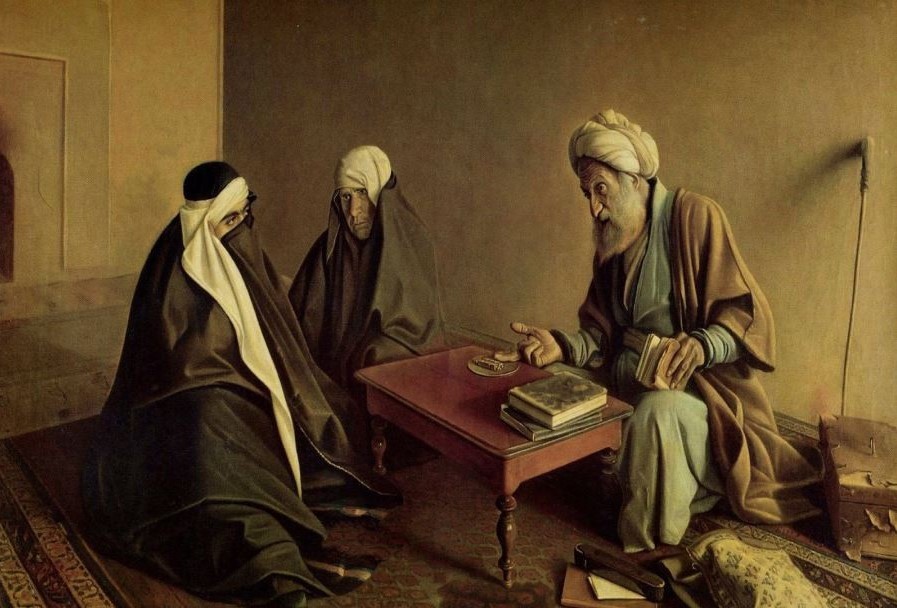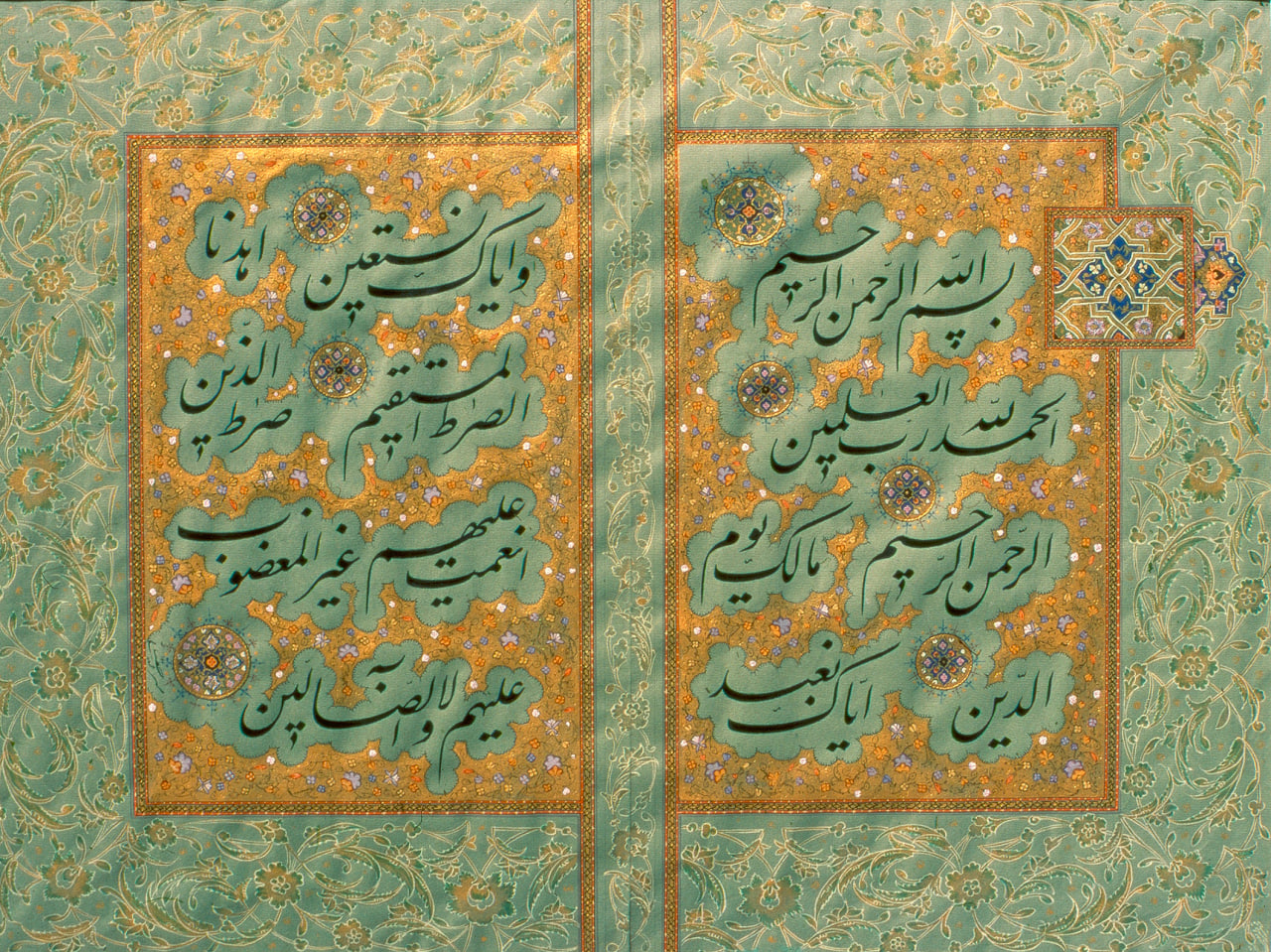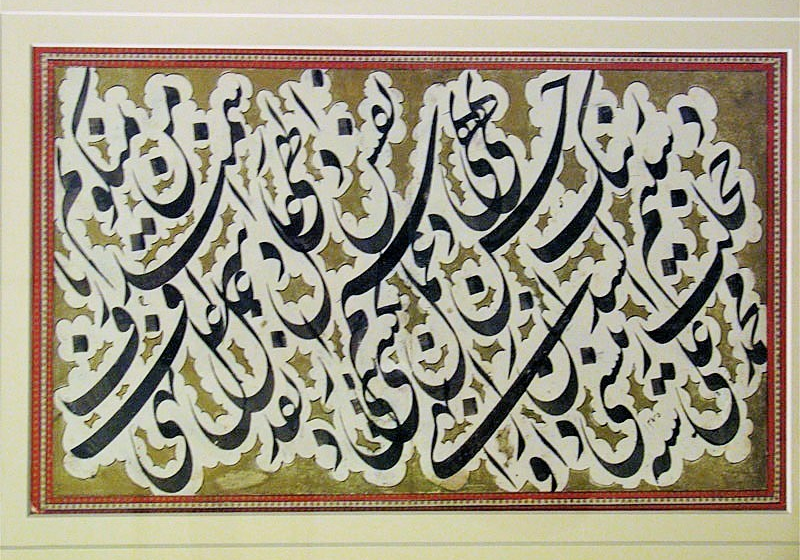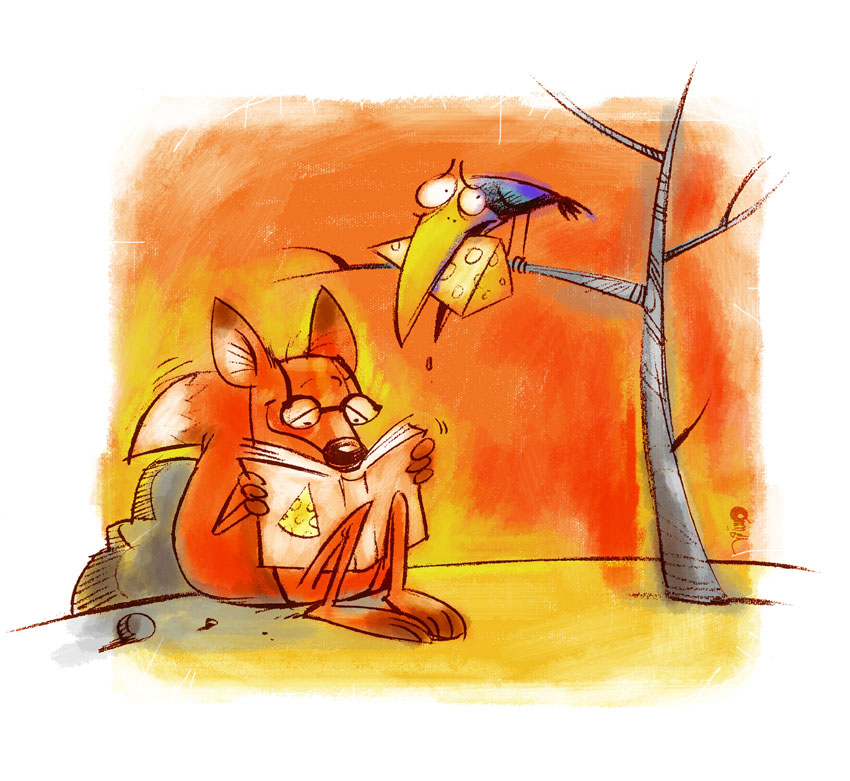
Iranian Illustration: Global Highlights
Iranian Illustration: Global Highlights
The art of illustration includes establishing a connection between text and image, which together can convey a specific message or messages to the audience. Accordingly, the illustrator always serves as the visual narrator of the text or message; sometimes, as in scientific illustration, they are entirely bound to the subject, while at other times, such as in illustrating stories and poems, they rely more on their imagination and creative faculties to produce the work.
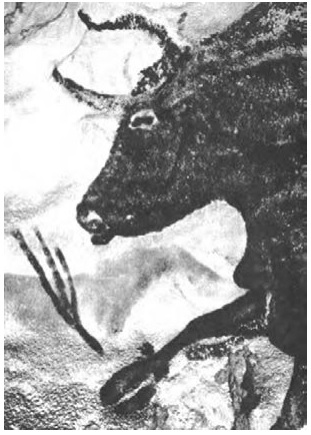
The Black Bull, part of the Lascaux Cave paintings in France, dated 10,000 to 15,000 BCE.
The word “image,” which is the most fundamental element of the field of illustration, has served as a means of communication for humans from ancient times to the present. Through images, people of past eras were able to convey numerous concepts and experiences to themselves and to future generations. Furthermore, these images laid the groundwork for the emergence of early pictorial scripts, such as hieroglyphs and cuneiform.
It is noteworthy that throughout history, images have consistently played a central role in education, facilitating the creation, analysis, and interpretation of diverse visual representations. Such individuals are generally referred to as artists, and more specifically, as illustrators or image-makers. In earlier times, image illustrations were not limited to any specific domain and encompassed a wide range of visual works. However, when bookmaking began, artists and illustrators applied their entire craft within the framework of images, frames, and decorative margins of books, helping readers better understand the texts through visual creation. With the advent of the printing industry, the use and role of illustration acquired a new definition.
In earlier periods, artists focused on depicting images on vessels, objects, and architectural spaces, which were mostly related to decorative arts and painting. For a long time, illustration continued alongside painting, to the point that distinguishing between the two was difficult, and sometimes nearly impossible. However, over time, illustration gradually separated itself from painting and, in recent decades, has continued to develop alongside graphic design. The main difference between illustration and painting lies in their purpose: while illustration employs all painting techniques, it is distinguished by its reliance on and connection to written or spoken text. Today, Illustrators primarily work using two approaches—painterly and graphic—and the influence of both is clearly evident in their works.
History of Illustration in the World
Modern illustration was established during the Renaissance period with the invention of the printing press and the development of printing and reproduction processes. This type of illustration, regardless of content or execution method, continues the tradition of book illumination and manuscript illustration, presenting its visual content in a mechanical, reproducible form.
History of Illustration in Iran
Modern illustration in Iran began during the Qajar period, transitioning from traditional miniature painting and manuscript illustration to lithographic printing methods. After this period, alongside the introduction and expansion of the printing industry in Iran and the growing popularity of books and periodicals among an increasingly urban population, single-copy illustrations gradually gave way to reproducible images. The widespread interest in illustration in Iran emerged with the advent of modern education and the expansion of schools during the early decades of the 20th century, making illustration a necessity for children’s and youth textbooks. This extensive focus on book illustration took a more modern direction in the 1960s, gaining further prominence through the work of influential figures. Accordingly, the creation of colored illustrations for textbooks and other publications dates back to this era.
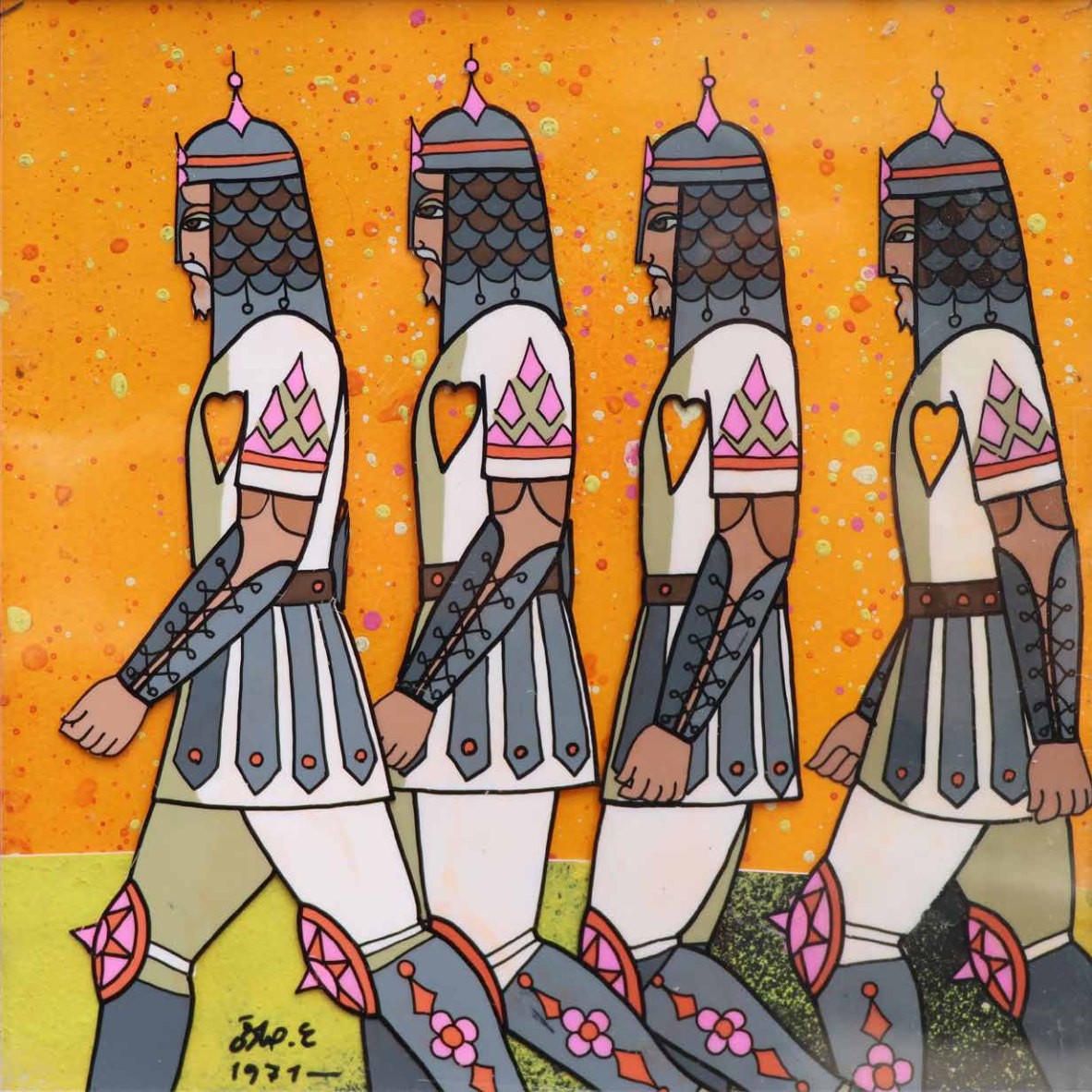
Untitled, by Ali Akbar Sadeghi
Furthermore, with the significant involvement of publishers in the production of illustrated books, the establishment of academic illustration programs , and participation in events such as biennials and international festivals, this art has evolved along a progressive trajectory and achieved significant global successes. Among Iranian illustrators who have earned prestigious international honors are Farshid Mesghali (First Prize at the Bologna Biennale, Italy), Mohammad Ali Bani-Asadi (Hans Christian Andersen Award), Bahman Dadkhah (Honorable Diploma at the Bologna Biennale, Italy), Ali Akbar Sadeghi (First Prize at the Leipzig Festival, Germany), and others.
Illustration: After the Islamic Revolution
After the glorious Islamic Revolution in February 1979 (Baham 1357 in the Iranian calendar), one of the most significant historical periods of Iranian illustration began. During this time, some prominent pre-revolution illustrators, alongside training new generations, succeeded in creating works that met international standards and enriched the treasury of Iranian art. Moreover, new generations of illustrators gradually grew and matured by building on the experiences of their predecessors. The result of this growth has been the increasing presence of contemporary Iranian illustrators in major international forums and competitions, earning notable artistic awards. Today, contemporary Iranian illustration is recognized as one of the leading schools in the illustration of children’s and young adult books worldwide.
Illustration Techniques
Illustration shares many tools and execution techniques with painting and drawing. On this basis, illustrators use the same tools employed by designers and painters. Some of the most important illustration techniques include:
1. Airbrush
The airbrush is used not only on large painting surfaces but also in small-scale illustrations. This precise mechanical tool is used to produce near-photorealistic images. The airbrush is controllable, allowing the artist to adjust the nozzle to spray color with varying intensity on the surface, producing diverse textures.
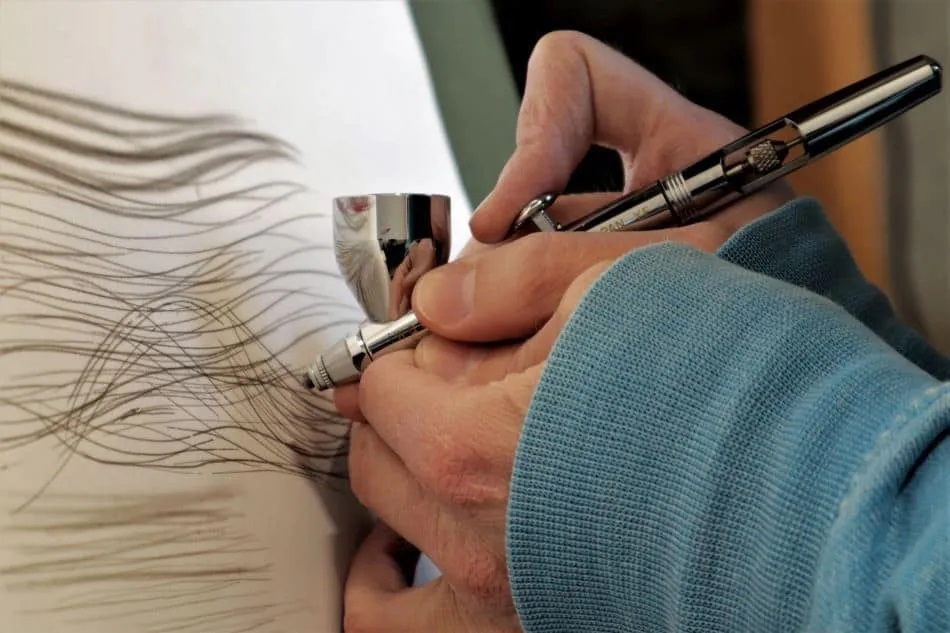
2. Scratchboard
Scratchboard is a type of thick cardboard or board coated with a thin layer of a chalk-and-adhesive mixture, which is then covered with black or colored ink. Illustration on scratchboard is created by scratching or scraping the surface. Artists use tools such as sharp metal blades, cutters, and similar instruments to draw and transfer designs onto the scratchboard.
Scratchboard is a type of thick cardboard or board coated with a thin layer of a chalk-and-adhesive mixture, which is then covered with black or colored ink. Illustration on scratchboard is created by scratching or scraping the surface. Artists use tools such as sharp metal blades, cutters, and similar instruments to draw and transfer designs onto the scratchboard.
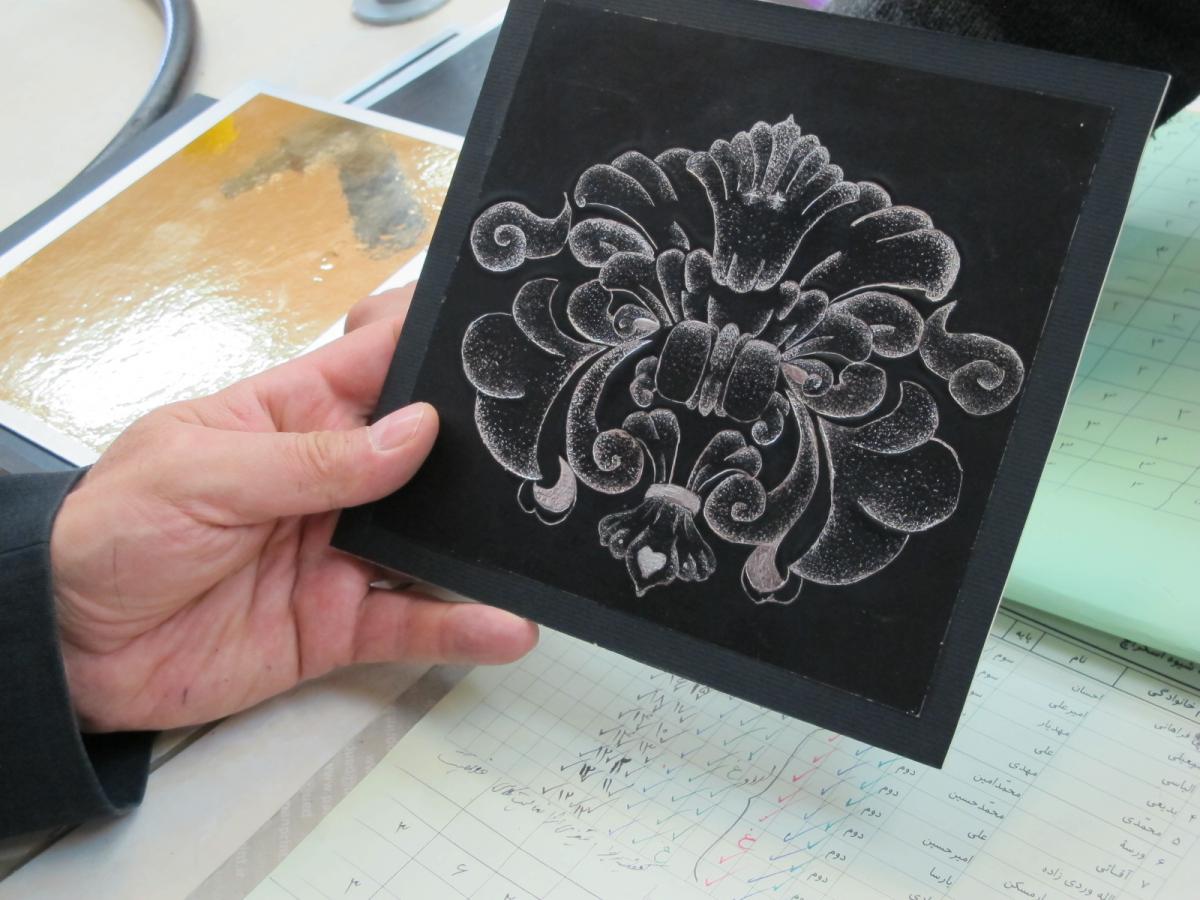
3. Collage
Collage is one of the most common illustration techniques. This technique allows the artist to use various tools to create their desired image. Collage is usually executed in two ways: in one method, the necessary surfaces and textures are created with precise dimensions and glued onto the main design. In the other method, various ready-made surfaces and textures, such as newspaper clippings, fabric and etc, are used to construct the image.
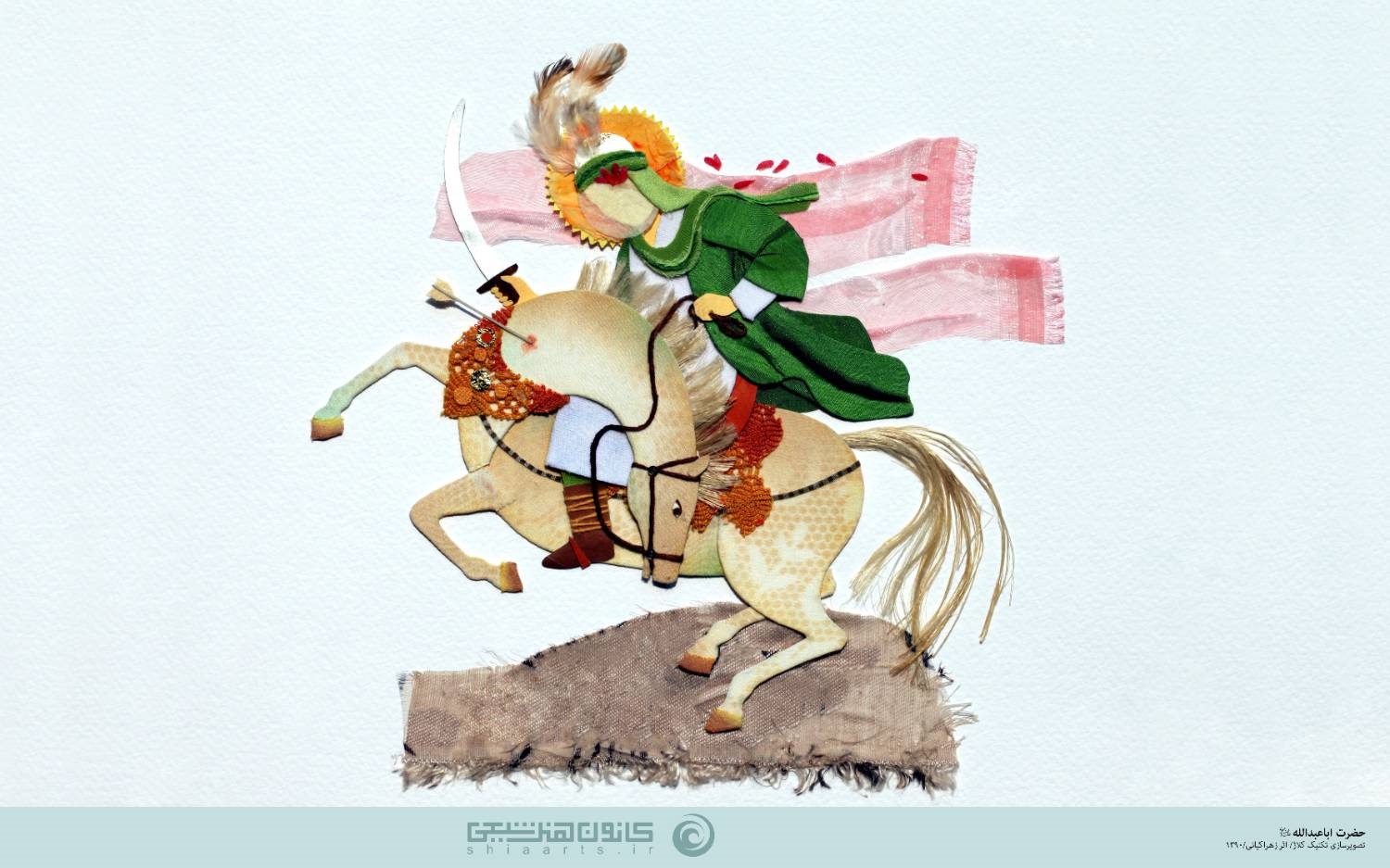
Imam Hossein (peace be upon him), Collage, by Zahra Kiani
4. Digital
The digital illustration technique is carried out using tools such as a digital pen and computer software. A digital pen is a digital tool used to input information into a computer. One common application of this tool is to draw a design or image directly on the computer screen. Computer software is simultaneously used for both 2D and 3D illustrations. Photoshop, Illustrator, 3ds Max, Maya, and CorelDRAW are among the most commonly used software for digital illustration.
The digital illustration technique is carried out using tools such as a digital pen and computer software. A digital pen is a digital tool used to input information into a computer. One common application of this tool is to draw a design or image directly on the computer screen. Computer software is simultaneously used for both 2D and 3D illustrations. Photoshop, Illustrator, 3ds Max, Maya, and CorelDRAW are among the most commonly used software for digital illustration.
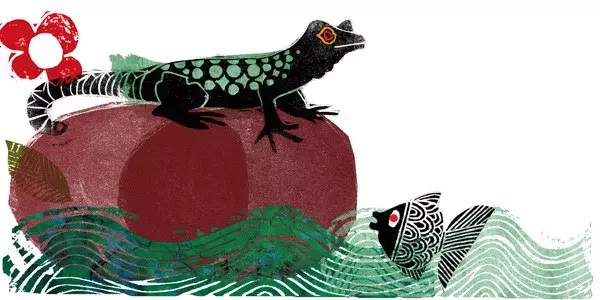
The Little Black Fish, artwork by Farshid Mesghali
| Name | Iranian Illustration: Global Highlights |
| Country | Iran |
| awards | International,National |
Choose blindless
Red blindless Green blindless Blue blindless Red hard to see Green hard to see Blue hard to see Monochrome Special MonochromeFont size change:
Change word spacing:
Change line height:
Change mouse type:

